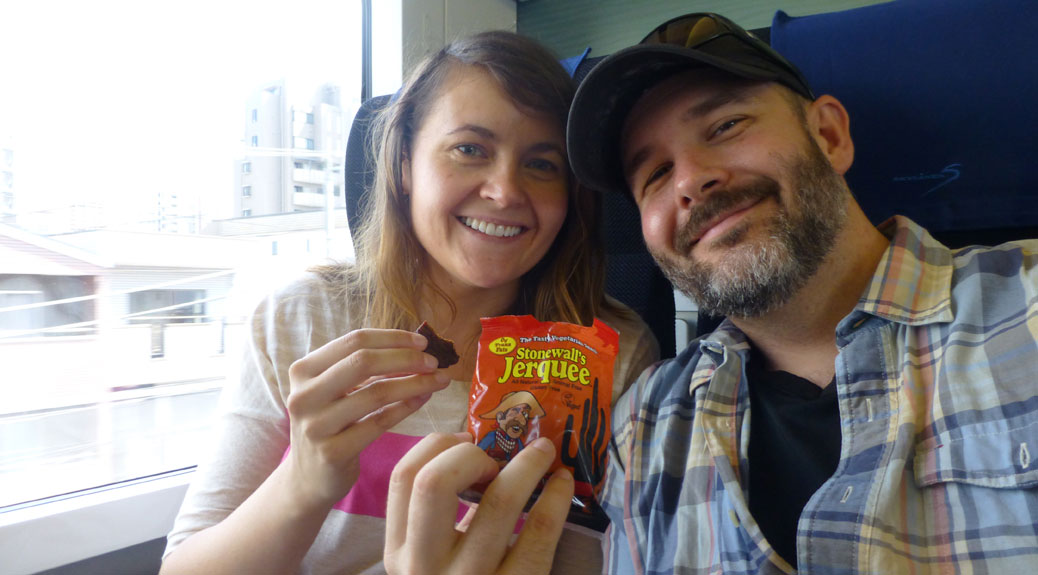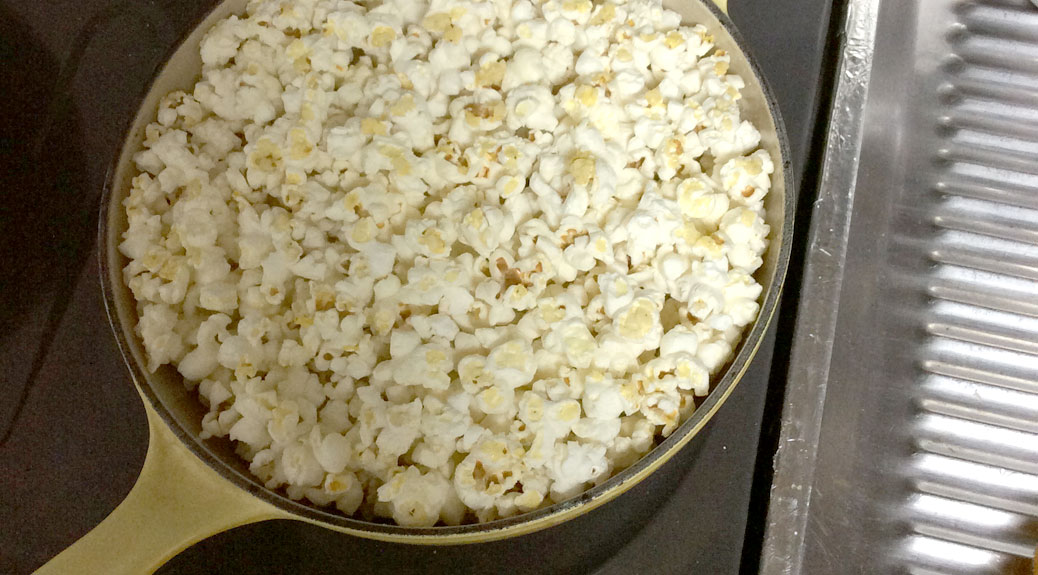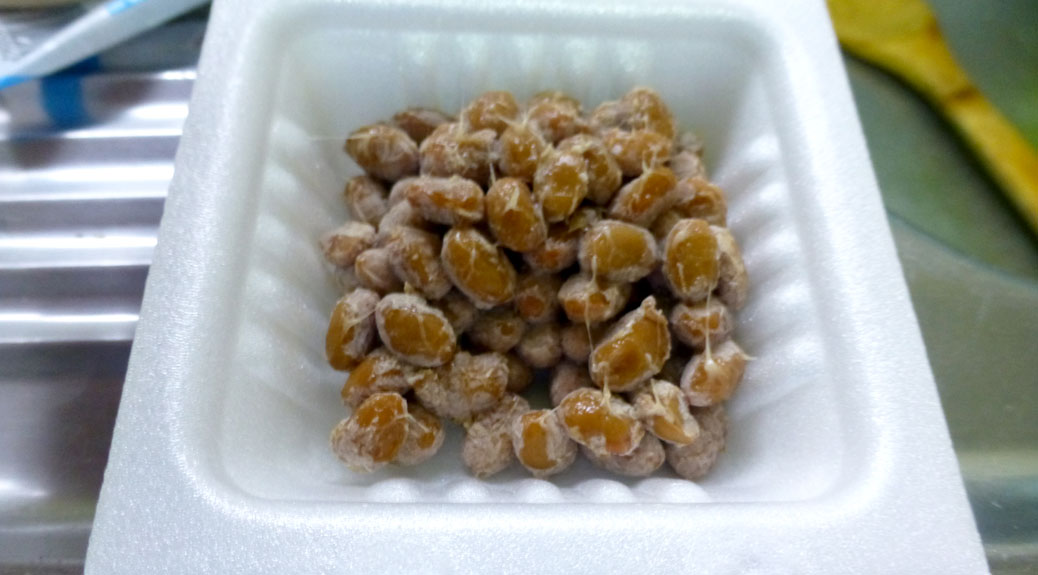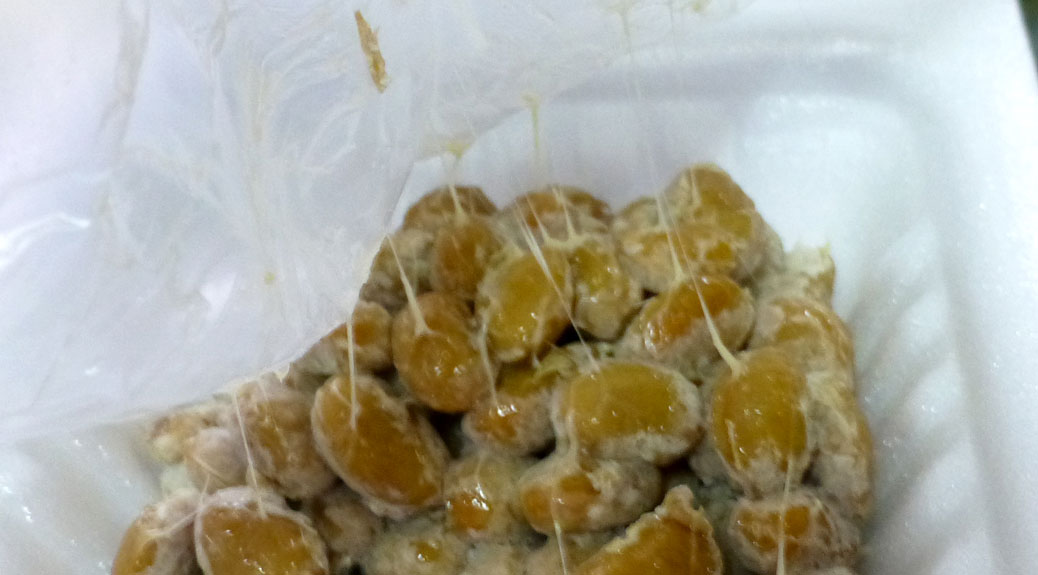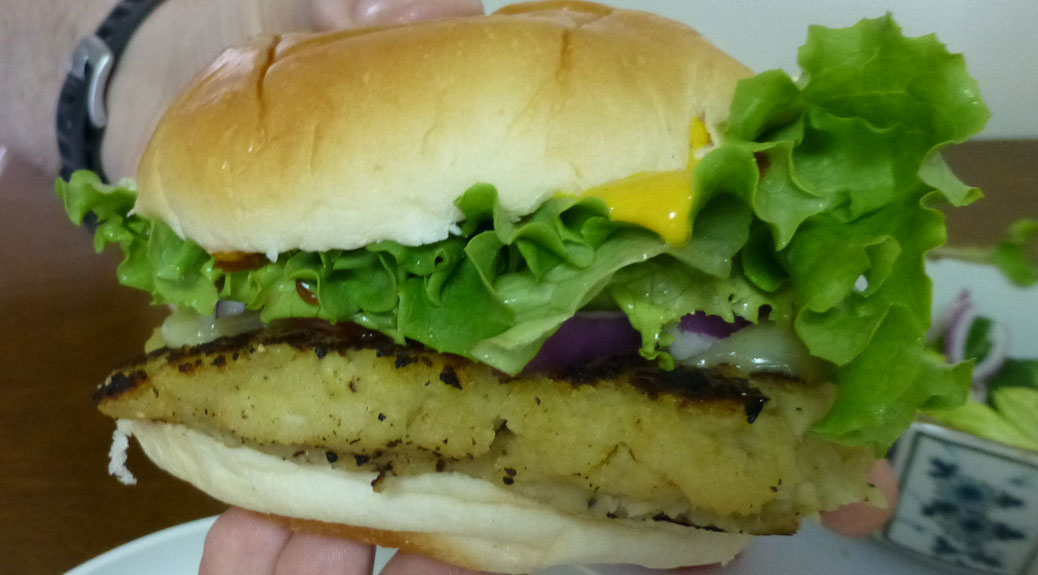We had some friends over the other day and played a “How well do you know ______?” game. We had 10 questions and each person had to answer for the other people in the room. One of the questions was “What is ______’s favorite food?” One of the people guessed “soup” for me. While the correct answer is “pizza,” I do enjoy a good soup.
When I shared the Mapo Tofu recipe a few weeks ago, I invited folks to offer up their favorite recipes and I’d take a stab at making them with vegetarian ingredients.
Cascadian Pugs sent me a recipe for Thai Coconut Soup. The original recipe came from St. Innocent Winery, a beautiful vineyard west of Salem, OR. With the exception of the chicken stock, the recipe was already vegetarian, but I tweaked it to utilize some of Japan’s local ingredients.
For example, the original recipe called for butternut squash, which I replaced with kabocha (Japanese pumpkin). Kabocha can be found in the U.S. (quite readily in Oregon) and are small-ish, green winter squash. They’re naturally sweet and make a great snack all by themselves when cooked. I also substituted the cayenne pepper for seven-spice chili powder (shichimi), which adds some unique flavors like orange peel and nori (dried seaweed) to the mix.
This turned out fantastic! I halved the original recipe, only because I didn’t know how to convert the original 2.5 lbs. of butternut squash to grams at the grocery store. 🙂 This batch yielded two thick, hearty servings. If you like your soup a bit more “soupy,” you could stretch this to four servings by streaming in additional broth during the blending process to get the desired texture. Enjoy!
Spicy Kabocha Coconut Soup

Ingredients
1 tbsp olive oil
1.25 pounds Kabocha Pumpkin, peeled, seeded, and cut into chunks
1/2 diced large yellow sweet onion
3 cloves garlic
2 tbsp minced fresh peeled ginger
1/2 teaspoon shichimi (seven-spice chili powder) or cayenne pepper
1/2 teaspoon sea salt
1 teaspoon curry powder
1 cup vegetable stock (or vegetarian chicken stock)
1/2 13.5 ounce can coconut milk
Toasted pumpkin seeds for garnish – chopped
Prep
- Chop and set aside. You can combine some ingredients in the same container:
- Onion
- Kabocha
- Garlic and ginger
- Measure and set aside:
- Shichimi
- Sea salt and curry powder
- Vegetable stock

Cook
- In a large skillet or stock pot, heat 1 tablespoon of olive oil over medium heat.
- Add onions and cook for about two minutes until they begin to soften.
- Add the garlic and ginger. Cook and stir until the onions turn translucent.
- Add shichimi and 1/4 cup of the stock. Stir and bring to a boil.
- Stir in the kabocha, salt and curry powder. Cook for about 10 minutes, stirring every couple minutes.
- Add the rest of the stock and increase the heat to medium-high. Cover and bring to a boil.
- Lower the heat to medium-low and simmer for 20 minutes. Stir every five minutes, mashing the mixture each time until smooth.
- Add the coconut milk and simmer for another 10 minutes.
- Remove from heat and add to a blender, or use a stick blender, to puree the soup until smooth.
- Reheat and season with salt.
- Garnish with toasted pumpkin seeds.
Naan makes a nice side to this or, to add additional protein, you can cube firm tofu and serve the soup over the tofu. This recipe is also great cold, perfect for a summer meal.



